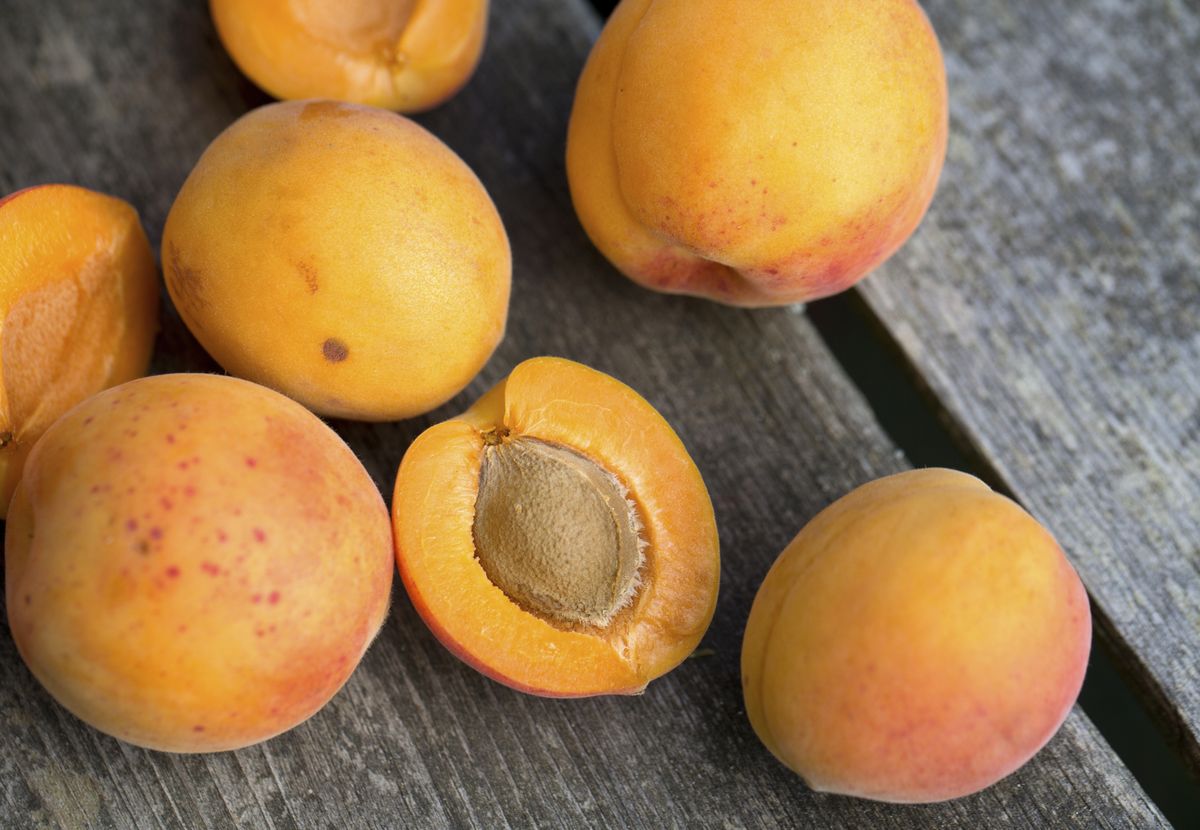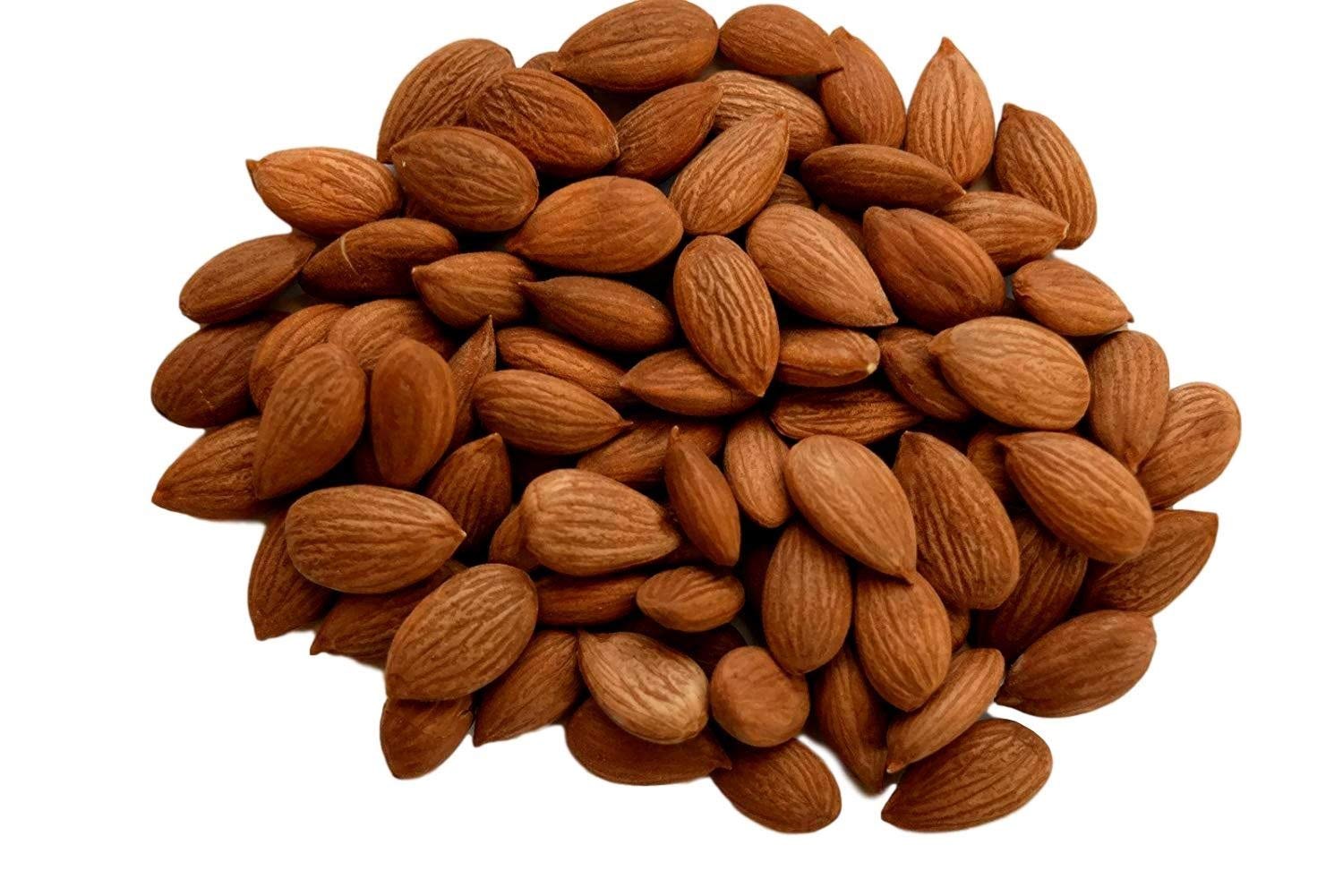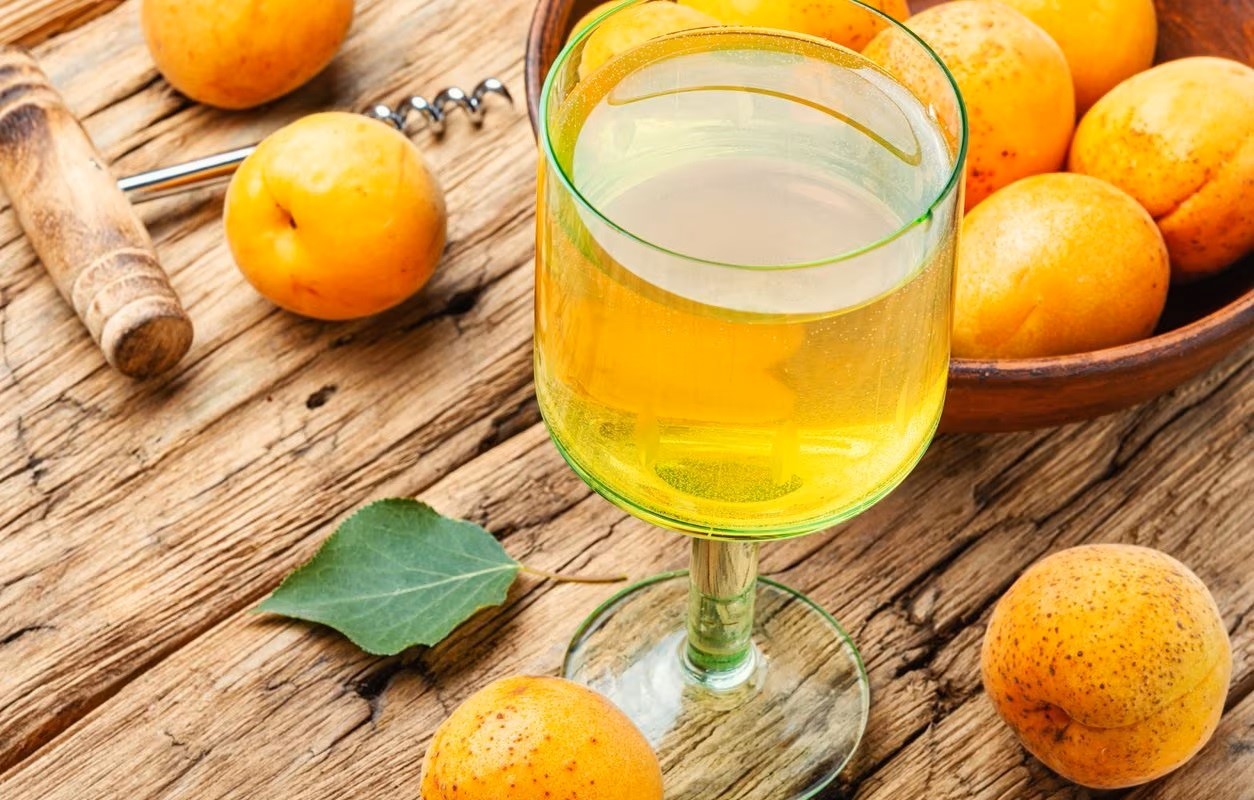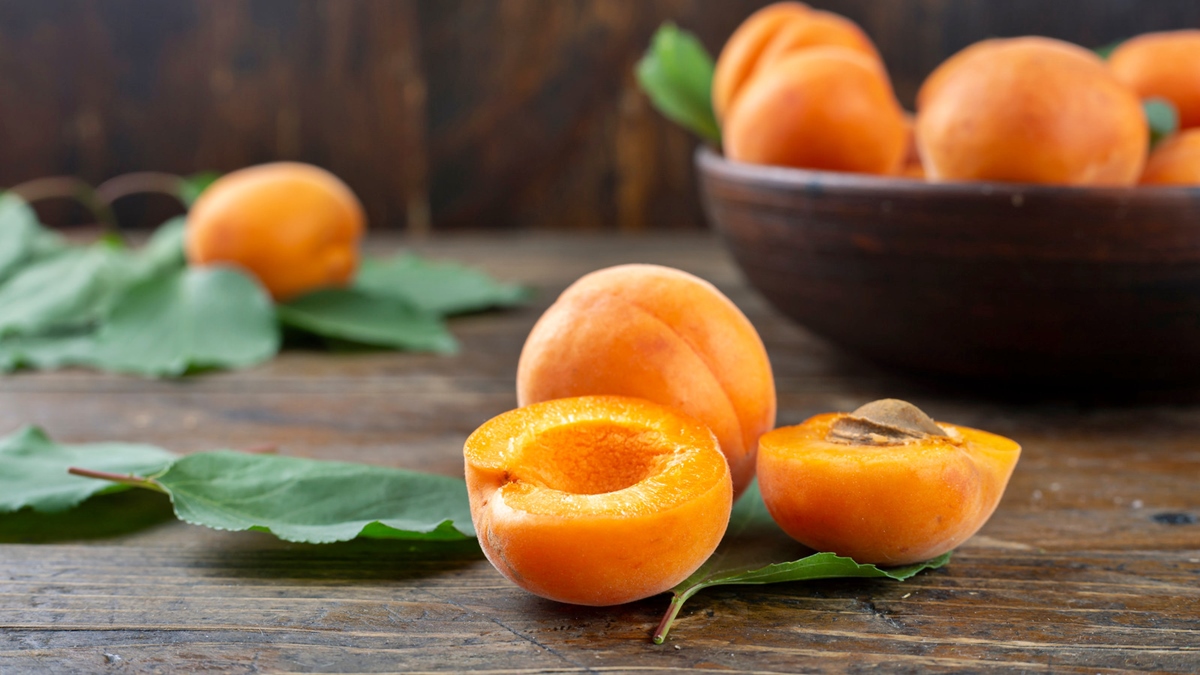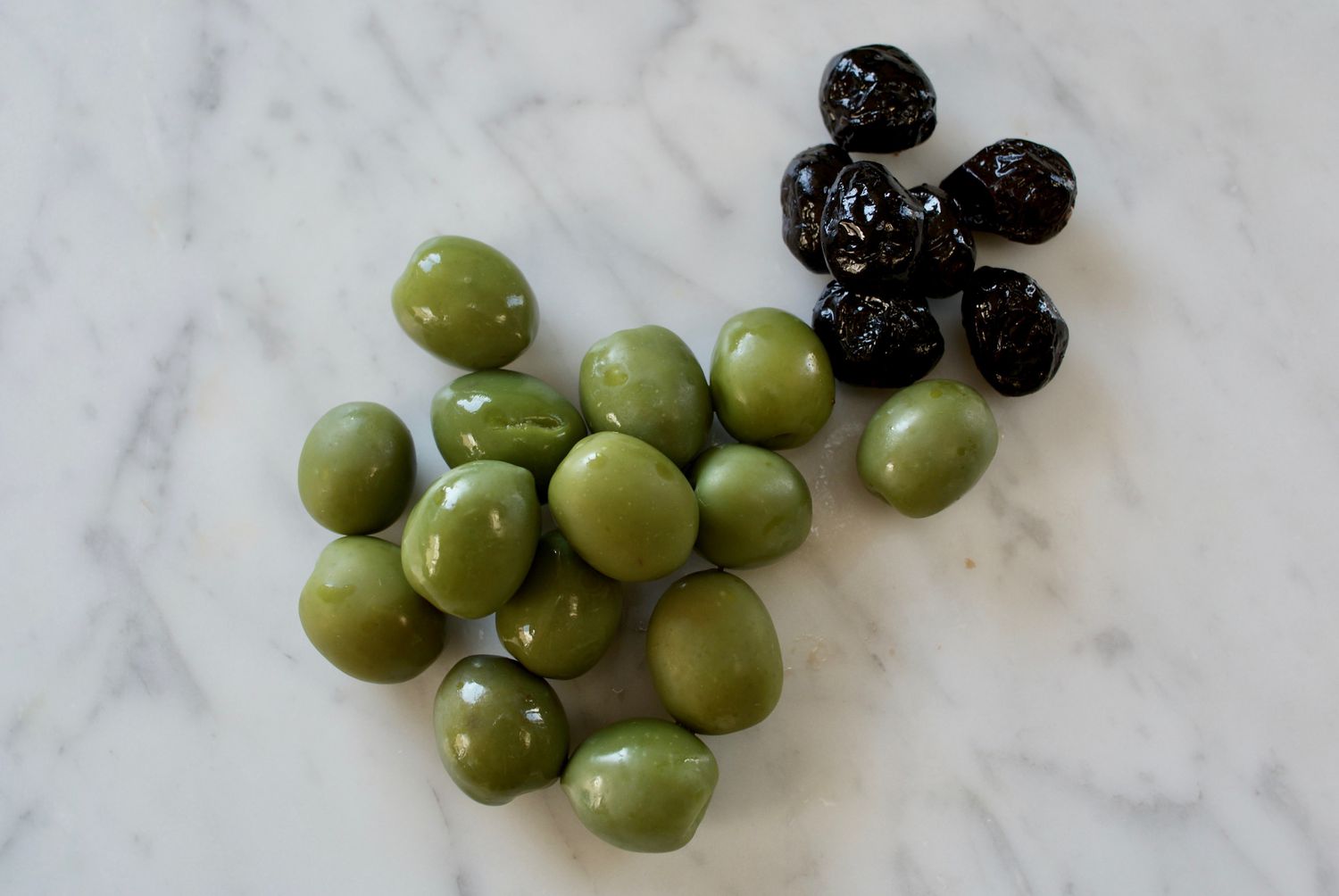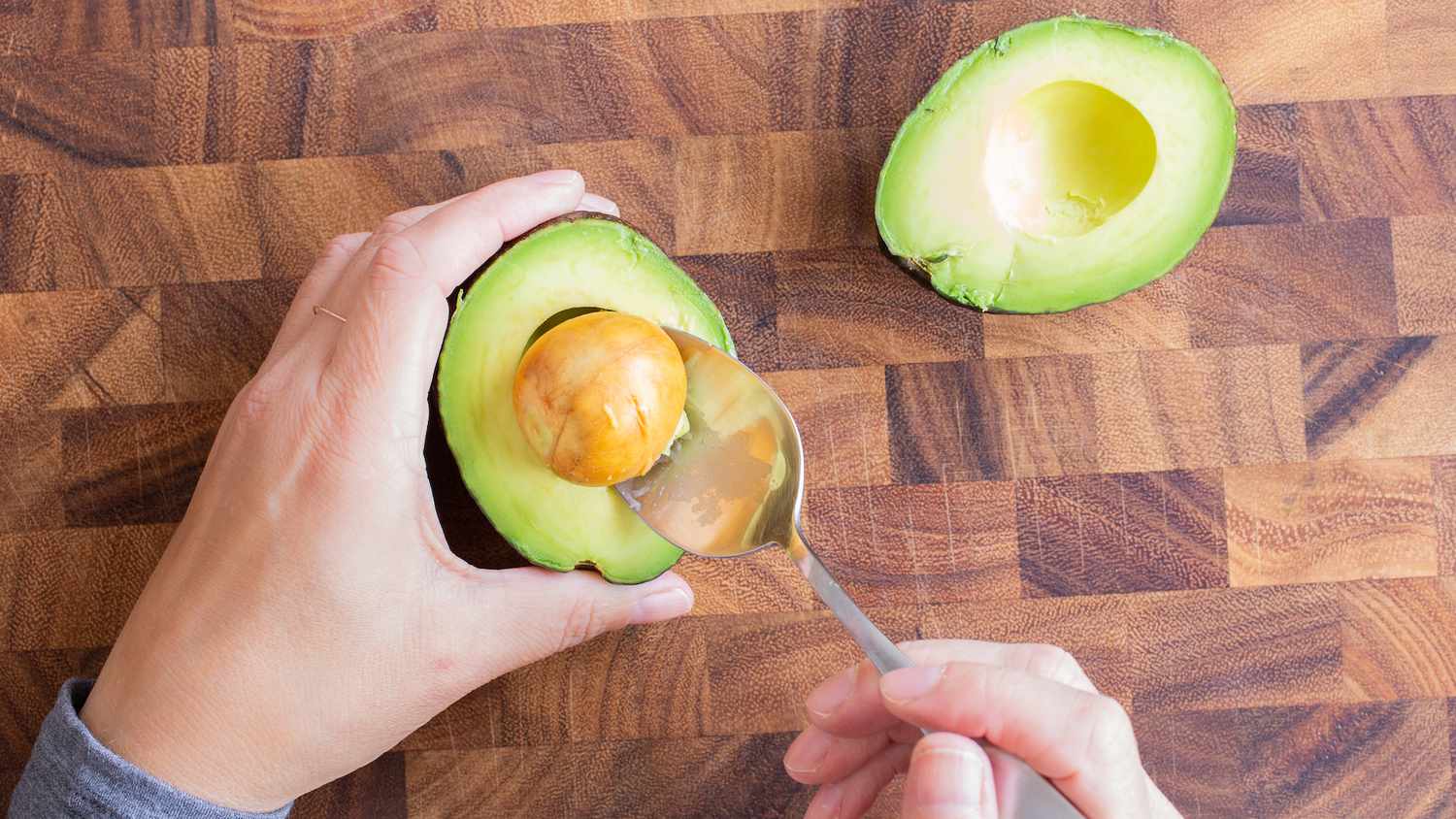Unlocking the Nutritional Benefits of Apricot Pits
Apricot pits, also known as apricot kernels, are the seeds found inside the hard pit of the apricot fruit. While they may not be as commonly consumed as the flesh of the apricot, apricot pits have been used in various cuisines and traditional medicine practices for their potential health benefits. However, it’s important to note that apricot pits contain amygdalin, a compound that can release cyanide in the body when consumed in large quantities. Therefore, it’s crucial to understand how to eat apricot pits safely and responsibly to harness their nutritional value without posing any health risks.
Understanding the Nutritional Value
Apricot pits are a rich source of nutrients, including healthy fats, protein, fiber, and essential minerals such as iron and vitamin E. They also contain amygdalin, which some believe may have potential health benefits. However, it’s important to consume apricot pits in moderation and be aware of the potential risks associated with amygdalin.
Safe Ways to Consume Apricot Pits
When it comes to eating apricot pits, it’s essential to take precautions to minimize the risk of cyanide poisoning. Here are some safe ways to consume apricot pits:
- Roasting: Roasting apricot pits at a high temperature can help to break down the amygdalin and reduce the cyanide content. Once roasted, the pits can be ground into a powder and used in recipes or consumed in small amounts.
- Blanching: Blanching apricot pits in boiling water for a few minutes can help to remove some of the amygdalin. After blanching, the pits can be dried and consumed in small quantities.
- Commercial Products: Some companies offer apricot kernel products that have been processed to remove amygdalin and minimize the risk of cyanide exposure. These products may include apricot kernel oil or apricot kernel supplements.
Potential Health Benefits
While the consumption of apricot pits should be approached with caution, some proponents believe that the amygdalin found in the pits may have potential health benefits. It’s important to note that scientific evidence supporting these claims is limited, and consuming apricot pits solely for their perceived health benefits may not be advisable.
Consulting a Healthcare Professional
Before incorporating apricot pits into your diet, it’s crucial to consult with a healthcare professional, especially if you have any underlying health conditions or concerns about cyanide exposure. A healthcare provider can offer personalized guidance and help you make informed decisions about consuming apricot pits.
Conclusion
Apricot pits can offer nutritional value, but it’s essential to approach their consumption with caution. By understanding safe methods of preparation and being mindful of potential risks, individuals can explore the culinary and potential health benefits of apricot pits while prioritizing their well-being.
Remember, moderation and informed decision-making are key when it comes to incorporating apricot pits into your diet. Always prioritize your health and safety when exploring new foods and potential nutritional sources.

